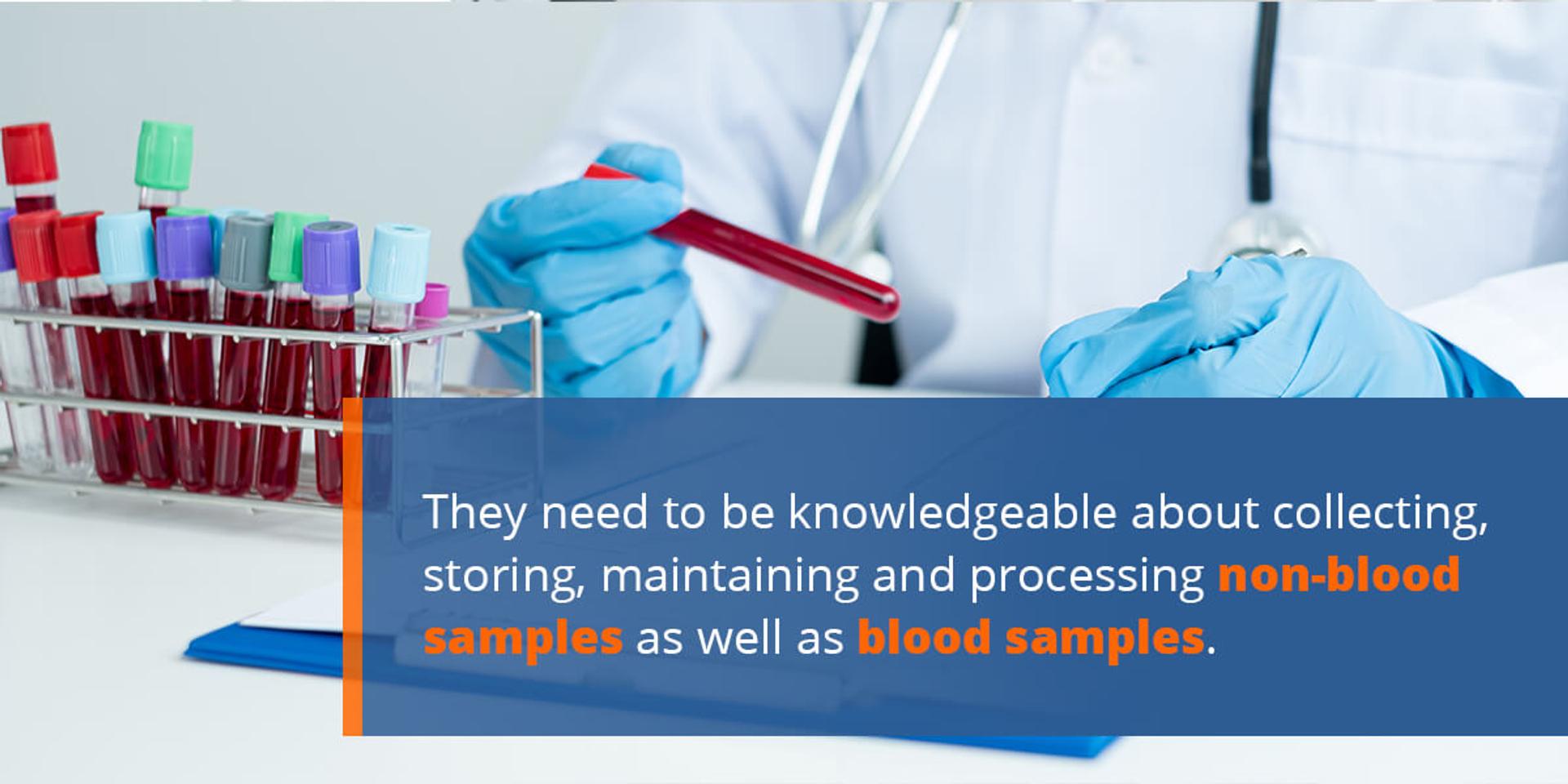The Best Guide To Northeast Medical Institute - New Haven Campus Phlebotomy Course & Cna Class
The Best Guide To Northeast Medical Institute - New Haven Campus Phlebotomy Course & Cna Class
Blog Article
Fascination About Northeast Medical Institute - New Haven Campus Phlebotomy Course & Cna Class
Table of Contents9 Simple Techniques For Northeast Medical Institute - New Haven Campus Phlebotomy Course & Cna ClassSome Ideas on Northeast Medical Institute - New Haven Campus Phlebotomy Course & Cna Class You Should KnowGetting My Northeast Medical Institute - New Haven Campus Phlebotomy Course & Cna Class To WorkTop Guidelines Of Northeast Medical Institute - New Haven Campus Phlebotomy Course & Cna ClassThe Ultimate Guide To Northeast Medical Institute - New Haven Campus Phlebotomy Course & Cna ClassSome Known Facts About Northeast Medical Institute - New Haven Campus Phlebotomy Course & Cna Class.
Nonetheless, using such devices should be come with by other infection avoidance and control techniques, and training in their usage. Not all safety gadgets apply to phlebotomy. Before picking a safety-engineered tool, individuals should completely check out offered tools to determine their appropriate usage, compatibility with existing phlebotomy practices, and efficacy in protecting team and people (12, 33).For settings with reduced sources, price is a driving variable in procurement of safety-engineered devices. Where safety-engineered tools are not available, skilled usage of a needle and syringe is acceptable.
In the blood-sampling space for an outpatient department or facility, provide a comfy reclining couch with an arm remainder.
Northeast Medical Institute - New Haven Campus Phlebotomy Course & Cna Class - An Overview
Ensure that the signs for blood sampling are plainly defined, either in a created protocol or in recorded instructions (e.g. in a research laboratory form). In all times, comply with the approaches for infection prevention and control detailed in Table 2.2. Infection prevention and control methods. Collect all the devices required for the procedure and area it within safe and very easy reach on a tray or cart, guaranteeing that all the things are clearly noticeable.
Where the patient is adult and conscious, comply with the actions outlined listed below. Present on your own to the client, and ask the person to state their complete name. Inspect that the lab kind matches the client's identity (i.e. match the client's details with the research laboratory kind, to make sure precise recognition). Ask whether the patent has allergic reactions, phobias or has actually ever fainted throughout previous shots or blood attracts.
Make the client comfortable in a supine setting (if feasible). The client has a right to decline an examination at any type of time prior to the blood tasting, so it is essential to make sure that the person has understood the treatment - Phlebotomy Courses.
Not known Details About Northeast Medical Institute - New Haven Campus Phlebotomy Course & Cna Class
Prolong the patient's arm and check the antecubital fossa or lower arm. Locate a blood vessel of a good size that shows up, straight and clear. The representation in Area 2.3, reveals typical settings of the vessels, but lots of variants are feasible. The average cubital blood vessel lies between muscular tissues and is usually one of the most easy to pierce.
DO NOT place the needle where capillaries are diverting, since this enhances the possibility of a haematoma. Locating the vein will help in determining the appropriate size of needle.
Specimens from main lines bring a risk of contamination or wrong lab test outcomes. It is acceptable, yet not suitable, to draw blood specimens when very first presenting an in-dwelling venous tool, before connecting the cannula to the intravenous fluids.
Excitement About Northeast Medical Institute - New Haven Campus Phlebotomy Course & Cna Class
Permit the location to dry. Failure to allow enough contact time increases the risk of contamination. DO NOT touch the cleaned up website; specifically, DO NOT position a finger over the blood vessel to lead the shaft of the subjected needle. It the site is touched, repeat the disinfection. Do venepuncture as follows.
Ask the individual to develop a fist so the blood vessels are more popular. Go into the capillary promptly at a 30 degree angle or much less, and remain to introduce the needle along the vein at the most convenient angle of entry - PCT Courses. When sufficient blood has actually been accumulated, release the tourniquet prior to taking out the needle
Northeast Medical Institute - New Haven Campus Phlebotomy Course & Cna Class Fundamentals Explained
Withdraw the needle delicately and use gentle stress to the website with a tidy gauze or completely dry cotton-wool round. Ask the patient to hold the gauze or cotton look what i found woollen in location, with the arm extended and elevated. Ask the patient NOT to flex the arm, because doing so creates a haematoma.

Northeast Medical Institute - New Haven Campus Phlebotomy Course & Cna Class for Dummies
Do not press the syringe plunger since additional stress increases the danger of haemolysis. Where feasible, maintain televisions in a shelf and move the rack in the direction of you. Infuse downwards into the appropriate coloured stopper. DO NOT eliminate the stopper due to the fact that it will certainly launch the vacuum. If the sample tube does not have a rubber stopper, infuse exceptionally gradually into television as decreasing the stress and speed utilized to transfer the specimen decreases the danger of haemolysis.

Report this page